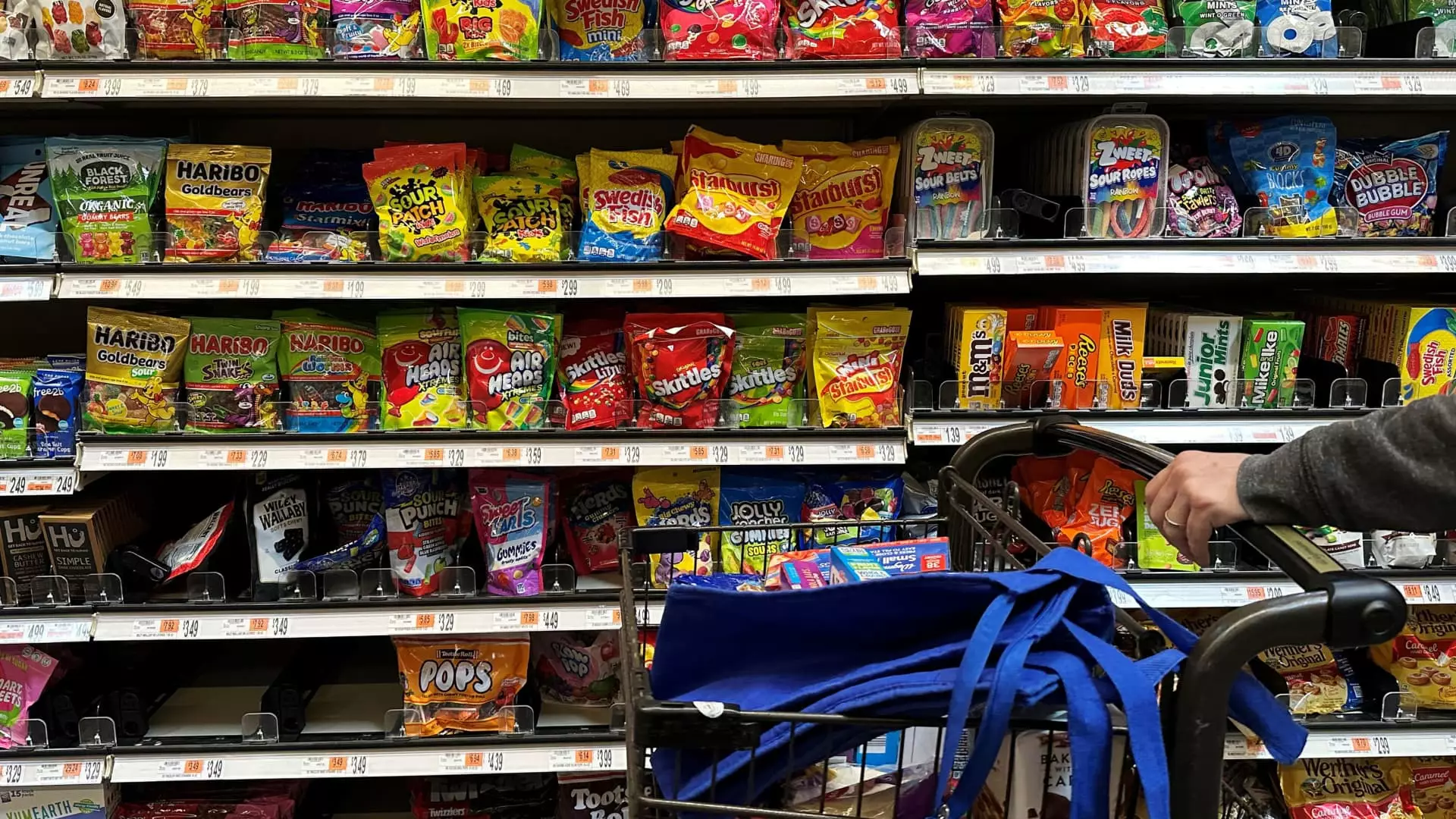The recent decision by the FDA to phase out petroleum-based synthetic food dyes marks a transformative moment in America’s approach to food safety and public health. Colorful products like Flamin’ Hot Cheetos and Skittles have long dominated supermarket aisles, but hidden behind their vibrant hues are potential health risks that have finally begun to draw scrutiny. With FDA Commissioner Marty Makary declaring that American children have been living in a “toxic soup of synthetic chemicals,” it’s clear that a cultural shift towards healthier eating is beginning, albeit slowly. While the feeble excuses provided by the food industry might mitigate consumer concerns momentarily, the facts surrounding these additives—long linked to hyperactivity and developmental issues—cannot be ignored any longer.
The Industry’s Stand and Consumer Backlash
The resistance from food companies like PepsiCo and General Mills, which have long championed the use of synthetic colors, suggests a deep-seated reluctance within the industry to change. Their repeated claims of insufficient evidence to support the bans serve as smoke screens against growing consumer demand for transparency and health-conscious choices. The backlash against artificial dyes isn’t new; for a decade, advocacy groups and health-conscious parents have rallied against these chemical additives. Brands shifting away from synthetic dyes or struggling with reformulating recipes are not just responding to government pressure; they’re responding to an evolving consumer base that values health over aesthetics. The challenge ahead for these corporations will be to balance liking the looks of their products with the ethical obligation to prioritize public well-being.
The Uncertain Path Ahead
As the FDA operates under an ill-defined “understanding” with the food industry, the status of enforcement measures remains unclear. While Makary expresses optimism about the cooperative efforts to phase out these synthetic chemicals, skepticism looms large. Companies accustomed to relying on cheaper synthetic dyes are likely to resist the looming necessity for reformulation, citing potential cost implications. Indeed, shifting to natural alternatives may incur significant expenses, ultimately making it harder for consumers to access affordable food options. While we can explore the potential for natural colorants like beet or carrot juice to replace their synthetic counterparts, not every product will achieve the same eye-catching vibrancy consumers expect.
Health vs. Economics: A Double-Edged Sword
The debate raises a crucial question: can health and economics exist in harmony within the food industry? Makary confidently claims that removing synthetic dyes will not inflate food prices, echoing practices from countries that have enacted similar bans. Yet skepticism remains; natural alternatives often require more sophisticated processing and larger quantities to achieve similar results. Brands like Kraft Heinz have previously swapped out artificial colors, only to face backlash from a disillusioned customer base that rejected less vibrant alternatives, as seen with the reformulated Trix cereal. Ultimately, the potential for companies to lose touch with consumer preferences is high, creating a precarious environment for shifting industry norms.
Political Ramifications and Future Health Goals
This crackdown on synthetic dyes comes amid a broader movement spearheaded by newly appointed Health Secretary Robert F. Kennedy Jr., who envisions a substantial overhaul of the food industry. His approach—a mix of urgency and accountability—aims not only to eradicate artificial dyes but also to shift public health initiatives from a reactive to a more proactive stance. Kennedy’s controversial viewpoint of positioning nutritious food as a remedy for health crises is commendable; however, his methods raise questions on whether they are feasible or too idealistic. The scrutiny and cuts to public health departments cannot be overlooked, especially when we consider that eliminating artificial dyes is merely one step on a longer journey toward improving food quality and ensuring better health for children.
A Journey Towards Transformation
As the FDA moves forward with its commitments to remove synthetic food dyes, it seems clear that this is not merely a cosmetic decision but a pivotal cultural moment. The integration of healthier alternatives will require a united effort between regulatory bodies and food manufacturers, as well as ongoing pressure from consumers who crave better quality in their diets. The central argument remains: artificial dyes may boost brand appeal, but at what cost to public health? While the current environment offers a mix of hope and skepticism, the outcomes of this debate could redefine not only our food but also our society’s perspective on health. The real question then becomes whether the industry can be trusted to evolve alongside consumer expectations, rather than merely resisting change for profit.


Leave a Reply